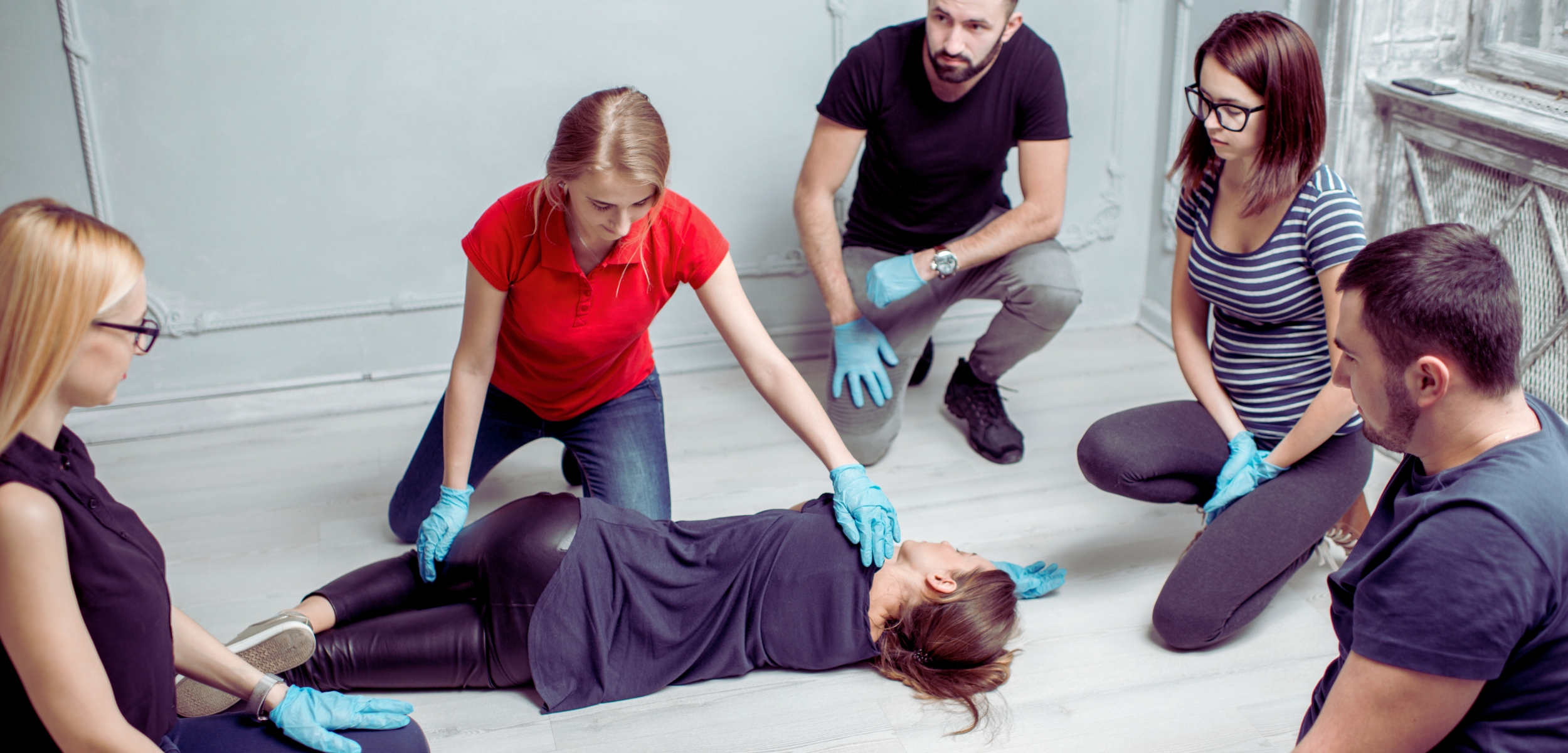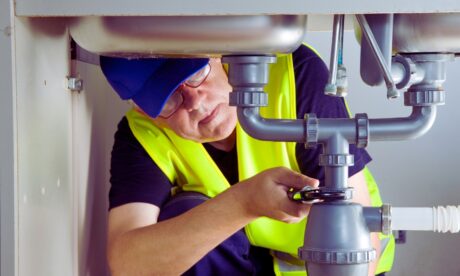What are the responsibilities of a first aider? At first glance, it’s all about stopping bleeding, checking breathing, or treating burns. But when real emergencies happen, your role becomes bigger than that. You’re the calm in the chaos. The person everyone turns to when they don’t know what to do. It’s about more than skills—it’s about mindset.
This guide gives you the side of first aid they rarely tell you in class. The decisions you’ll make. The emotions you’ll feel. The mistakes that might happen—and why that’s okay. Because being a good first aider isn’t about being perfect. It’s about being present, ready, and human.
Knowing the Basics Isn’t Enough: Real-Life First Aid Is Messy
Your training gives you a great foundation. You learn how to check airways, manage wounds, and place someone in the recovery position. But it’s easy to forget that real emergencies don’t follow a script. People panic. Blood makes some freeze. Kids scream. Adults argue. And that sterile classroom environment? It’s nothing like the back of a warehouse or the middle of a busy street.
Being a first aider in the real world means working through the mess. You’ll use what you’ve learned, yes—but you’ll also have to think fast, reassure people, and sometimes improvise. Someone might throw up on your shoes. Someone else might be shouting. You might have no idea what happened at first.
That’s when your real job kicks in: keep your head, no matter what.

Main Responsibilities of a First Aider (Beyond the Checklist)
Let’s break it down. Here’s what are the responsibilities of a first aider—not just in theory, but on the ground.
1. Assess the Scene Fast
Your first move isn’t touching the patient. It’s checking for danger. Are there live wires? Is the area safe from cars, fire, or falling debris? You’re no good to anyone if you get hurt too.
Then, you look around. How many people are involved? Do you need help? Can you shout for someone to call 999, or are you on your own? These first 10 seconds are key. They shape everything that follows.
2. Stay Calm (Even If You’re Not)
You don’t have to feel calm. You just have to act calm. Your voice matters. Your body language matters. When you stay steady, others will too.
A panicked crowd will only make things worse. Your calmness gives people something to focus on. It creates order when everything else feels like chaos.
3. Communicate Clearly
You’ll need to ask direct questions. Are you hurt? Where does it hurt? Can you move your legs? But you’ll also need to listen. Let the person speak, even if they’re scared or in shock.
If someone else calls 999, be clear. Don’t shout a list of problems. Say what’s most urgent. “We’ve got one unconscious male, not breathing. I’m doing CPR.” That’s what they need to know.
4. Prioritise the Injuries
Sometimes, two people will need help at once. A broken arm looks scary—but if someone nearby isn’t breathing, that’s your first job. You’ll need to triage. That means deciding who needs what, and when.
You won’t always get it right. That’s okay. The key is to act with the best info you have, in the moment you’re in.
5. Offer Reassurance
This doesn’t come from your training. It comes from being human. If someone’s injured, talk to them. Say you’re there to help. Tell them what you’re doing and why. Let them know they’re not alone.
That bit—the emotional first aid—is often the most powerful part of the job.
What First Aid Manuals Leave Out: The Emotional Bit
Manuals teach you techniques. They rarely talk about feelings. But emotions are everywhere in first aid.
You might feel overwhelmed. That’s normal. You might question if you did the right thing. Also normal. People might cry, scream, or go silent with fear. They might not thank you. Sometimes they’ll say nothing at all.
Your job is to show up anyway. Do what you can. Stick to what you know. And after, talk to someone. First aid can rattle even the most experienced people. That doesn’t mean you’re weak. It means you care.
When Things Go Wrong (And They Might)
Here’s the truth: not every situation ends neatly. You might give CPR and the person still doesn’t make it. You might miss a detail or you might freeze for a second before you act.
None of that makes you a bad first aider. It makes you human.
What matters most is that you tried. You stepped in when others stepped back. You did your best with the tools and training you had. That’s more than most.
The Hidden Side of First Aid: People, Panic, and Pressure
There’s another layer to your role—dealing with everyone else. The friends, coworkers, or passersby who crowd around. They’ll ask questions. They might try to help. Some might get in the way.
You need to manage that too. Ask someone to fetch the defib. Get someone else to clear a path. Tell others to stand back.
Sometimes you’ll need to take charge. Even if you’re not the most qualified person there, you might be the only one acting. That alone gives you authority in the moment. Use it wisely. Use it kindly.
After the Incident: What Happens Next?
Once the ambulance takes over or the scene clears, your job isn’t quite over. There’s usually paperwork. You might need to report what happened or what you did.
But more importantly, check in with yourself. Are you shaken up? Do you need to talk about it? Don’t bottle it. Even small incidents can stick with you.
If it happened at work, tell your manager. Ask for a debrief. If it was serious, consider counselling. There’s no shame in needing support. First aiders carry more than bandages—they carry memories too.
Being “The First Aider” in a Group: The Role You Didn’t Sign Up For
Once people know you’re trained, they’ll often treat you like the go-to safety person. That can feel like pressure. Suddenly, you’re being asked about splinters, fainting spells, or whether someone’s cold is “serious.”
You don’t need to know everything. Just stick to what your training covers. If something feels outside that, it’s okay to say, “That’s not my area—I think we need a GP or NHS 111.”
Your job isn’t to diagnose. It’s to stabilise. To help until better help arrives.
Staying Sharp: Keeping Skills (and Confidence) Fresh
Skills fade. It’s not your fault. If you haven’t practised CPR in two years, it’s natural to feel rusty. That’s why refreshers matter.
You don’t need to wait for your certificate to expire. Many companies offer shorter update sessions or simulations. Or you can just re-read your manual, watch a few videos, and re-check your kit every now and then.
Confidence comes from practice. The more you run through scenarios in your head, the faster your real-world response becomes.
First Aid at Work: Your Legal and Moral Duties
In the UK, workplaces must have someone trained in first aid, depending on size and risk level. If you’re that person, it’s more than just knowing what to do—it’s about being ready to act at any time.
You might be asked to check the kit, attend annual refresher courses, or log incidents. But you also hold a quiet responsibility: making your workplace safer just by being there.
Your presence gives people peace of mind. Your actions could save a life.
Final Thought
People often think of first aiders as walking bandage dispensers. But you’re more than that. You’re a steady voice in crisis and you’re the first hands on the scene. You’re the one who sees things before anyone else does.
You might only use your skills once a year—or once in a lifetime. But when it counts, it really counts.
So next time you ask, “What are the responsibilities of a first aider?” remember this: your main job isn’t to fix everything. It’s to care, act, and give someone the best chance possible.
The manuals will teach you the rest. But real readiness? That comes from being willing to step forward when it matters most.
Ready to be more than just “the person with the kit”? Join School of Health Care’s online Health and Safety courses and get trained for real-life moments.




